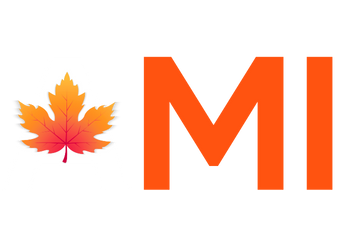Running a healthcare practice efficiently while providing patient-centered care is a delicate balancing act. Here are some tips to help you achieve that perfect balance.
1. Effective Scheduling
Start with a well-organized appointment schedule. Ensure that each appointment has an appropriate amount of time allocated based on the type of procedure or treatment needed. The practitioner can let the scheduling staff know the precise amount of time needed for the next appointment for the patient. This can prevent loosey-goosey appointment scheduling resulting in lost production minutes.
Also, be sure that appointments are booked back-to-back with no unnecessary lost minutes in-between. This is often the biggest source of inefficiency.
A lot of practitioners have types of procedures that are longer than the usual appointments and those are best blocked together into a group and done at a specific time of the day with no interruptions allowed. You can block out these 2-3 hours for certain days and only specific patients requiring the longer appointments would be put into that time slot. When it becomes 2 days before that allotted time, if there are still openings in it, these can now be filled with regular appointments.
Hopefully you already have the software to send automatic texts and emails for reminders and to receive the confirming reply, thus freeing your front desk from that duty and allowing them to perform other duties.
Prioritize punctuality, both in terms of practitioners and patients arriving in time for their appointments. This may require further education of those who run behind. A synchronized team is a wonderful thing!
2. Maximizing Treatment Spaces
Optimizing treatment spaces is crucial for reducing patient wait times and enhancing productivity. Some practices have unused or limited-use rooms due to inadequate or antiquated equipment. Bringing those up to fully equipped would allow for more delivery. Implement regular maintenance schedules so that you minimize equipment failures which prevent usage.
Ensuring that you are adequately staffed to make full usage of all possible delivery space is also a factor to take into consideration for optimum efficiency.
3. Handling Emergency Patients Efficiently
Dealing with unexpected patient emergencies is a fundamental aspect of practice management. Develop a comprehensive emergency protocol, including reserving a short time slot in the morning and again in the afternoon. Book these in your least productive space in your schedule.
Ensure your staff is well-trained to properly screen these “emergency calls” to determine if they are truly an emergency or can wait for next available appointment time. Show compassion and reassure the patient that you are there to help.
Some practitioners can offer telehealth consultations for non-urgent cases to assess situations remotely, maintaining a high level of patient care during emergencies.
4. Minimizing Interruptions
Managing interruptions between patients is essential for maintaining efficiency. Set clear boundaries for returning calls and responding to messages, communicating these times to your team and patients. Designate a point of contact for non-urgent inquiries to streamline communication. Minimizing interruptions in the practitioner’s and staff’s days such as phone calls, texts, emails, etc. during and between appointments can significantly boost productivity. Silence notifications or use “do not disturb” mode during working hours to help you stay focused and productive.
5. Staffing for Increased Efficiency
Hiring the right staff and being mindful to train and correct them to peak efficiency is vital and goes without saying. Like you, staff are not necessarily born efficiency experts and need guidance. (We train practice owners on efficiency, and they turn around and train their staff.)
If you have certain days or periods of a day when the practice is busier than usual and bottlenecks are occurring, look to see how you can adjust or add part-time staff to facilitate the patient flow, and minimize pressure and running behind schedule.
Cross-training staff will allow for smoother transitions between patients and ensure that treatment rooms are utilized to their full potential.
Conduct brief team huddles before the start of each day to review the schedule, discuss potential challenges, and ensure everyone is on the same page. This can help improve efficiency.
In Conclusion
By implementing these approaches, healthcare practitioners can strike the right balance between optimizing resources and providing patient-centered care.


